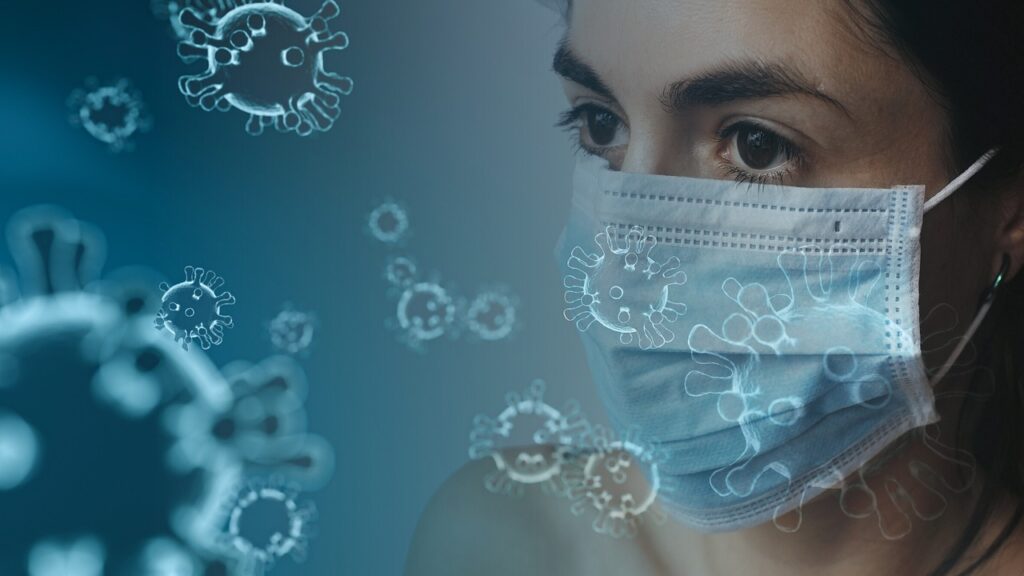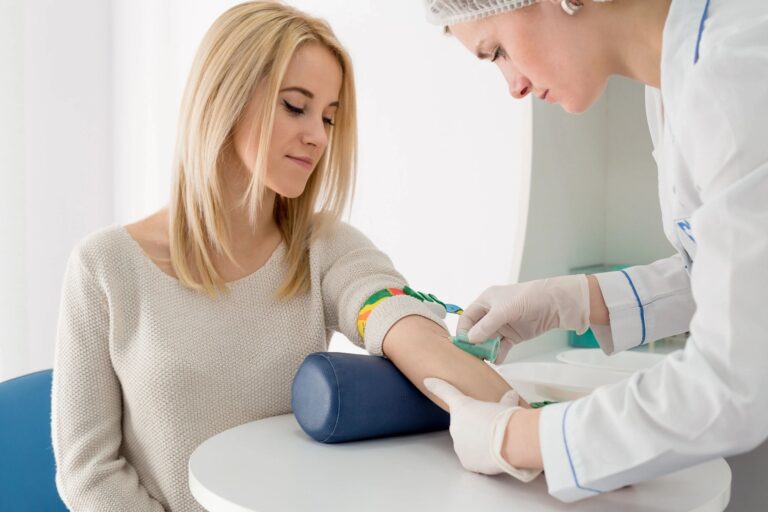Disease Monitoring at Home: Empowering Individuals for Better Health

Disease Monitoring at Home:
Empowering Individuals for Better Health
Disease Monitoring at Home: Empowering Individuals for Better Health
In recent years, there has been a remarkable shift towards personalized healthcare, where individuals are taking charge of their well-being and actively participating in disease monitoring at home. Thanks to advancements in technology and medical devices, disease monitoring at home has become a reality, enabling individuals to track their health conditions conveniently and proactively. This blog post will delve into the benefits and implications of disease monitoring at home and highlight some of the cutting-edge technologies that are transforming home healthcare.
Get Better With Algebra Healthcare

Your Good Health Is Just A Call Away
+971 501 317 063 / 800 20 20

The Rise of Home-based Disease Monitoring
Traditionally, disease monitoring involved frequent visits to healthcare facilities, requiring time, effort, and sometimes inconvenience for patients. However, with the advent of innovative devices and applications, individuals now have the ability to monitor their health from the comfort of their homes. This transition is empowering, as it allows patients to actively participate in their care, detect potential issues early on, and make informed decisions about their health.
Benefits of Home Disease Monitoring
Early Detection and Prevention
By monitoring vital signs and symptoms regularly, individuals can detect deviations or abnormalities in their health status early. Early detection plays a pivotal role in preventing the progression of diseases and can significantly improve treatment outcomes.
Convenience and Comfort
Home-based monitoring eliminates the need for frequent hospital visits, making it more convenient and comfortable for individuals, particularly those with chronic conditions. Patients can monitor their health parameters at their preferred time, reducing the impact on their daily routines.
Enhanced Patient-Physician Collaboration
Disease monitoring at home fosters a stronger partnership between patients and healthcare providers. Patients can collect data, share it with their doctors, and discuss any concerns or questions during virtual consultations. This collaborative approach improves the quality of care and facilitates tailored treatment plans.

Technological Innovations in Home Disease Monitoring
Wearable Devices
Wearable devices, such as smartwatches, fitness trackers, and biosensors, have gained significant popularity in recent years. These devices can monitor heart rate, blood pressure, sleep patterns, physical activity, and even detect irregularities, enabling individuals to keep track of their overall health and well-being.
Remote Monitoring Systems
Remote monitoring systems allow healthcare professionals to track patients’ health conditions remotely. Connected devices, like blood glucose meters for diabetes management or remote cardiac monitoring systems, transmit real-time data to healthcare providers. This enables timely interventions and reduces the risk of complications.
Mobile Applications
Mobile health applications have become powerful tools for disease monitoring and self-care. These apps enable users to record symptoms, track medication adherence, monitor vital signs, and receive personalized health recommendations. They also provide educational resources and support for various health conditions.
Considerations and Challenges
While disease monitoring at home offers numerous advantages, there are some considerations and challenges to keep in mind:
Accuracy and Reliability
Ensuring the accuracy and reliability of home monitoring devices is crucial. Manufacturers and healthcare providers should collaborate to validate the performance of these devices and ensure their compatibility with established medical standards.
Data Privacy and Security
As more health data is collected and transmitted electronically, safeguarding patient privacy and securing data becomes paramount. Robust data protection measures and adherence to privacy regulations are essential to maintain individuals’ trust and confidentiality.
User Education and Support
Proper education and support are necessary for individuals using home monitoring devices. Patients should receive comprehensive training on device usage, data interpretation, and when to seek medical attention based on their measurements. Healthcare providers should be readily available to answer questions and provide guidance.
Disease monitoring at home has revolutionized healthcare, empowering individuals to actively participate in their own health management:
With the advent of wearable devices, remote monitoring systems, and mobile applications, patients can track their health parameters conveniently, leading to early detection, prevention, and improved treatment outcomes. While challenges remain, ongoing advancements in technology, coupled with robust privacy measures and education, promise a future where disease monitoring at home becomes an integral part of personalized healthcare, promoting overall well-being and quality of life.
